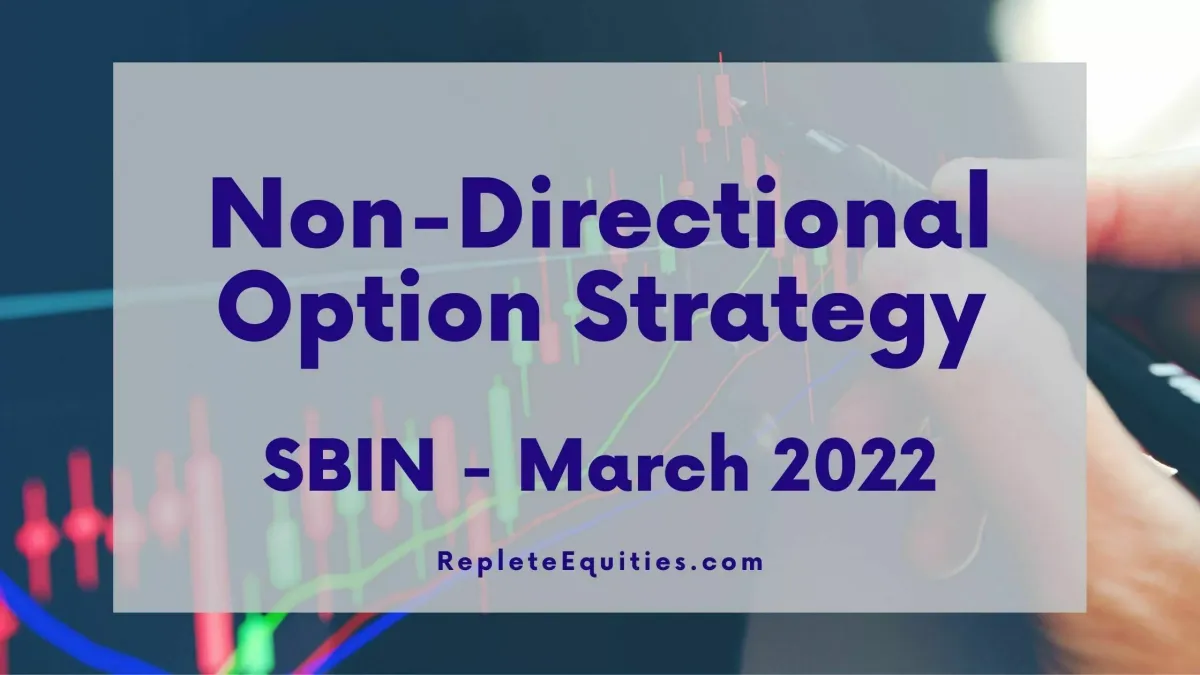Non-Directional Option Strategy: The Best Trading Strategy for Volatility

In the early days of futures trading, traders had to place directional bets. They would either bet on a rise or a fall in prices. The absence of predictive power was problematic for many traders, especially when the market took an unexpected turn. Thankfully now there is a non-directional option strategy that helps you profit from volatility and other factors in the market.
This strategy does not have any directional bias, so it’s all about profit! In this guide, we’ll show you how to use this strategy effectively and make money from it.
All About The Non-Directional Option Strategy
The non-directional option strategy is best for traders and investors who don’t know which way the market will move.
As we all know, the market is made up of many different types of securities and it may be difficult to predict where it will go in the coming days, weeks, months or even years. However, with this type of strategy, you’re able to profit regardless of which direction the market goes.
It might not be as exciting as swinging trade (trading with your emotions) but it can be more profitable in the long run. Let’s take a look at how this type of trading works!
How does it work?
This strategy can be used in conjunction with directional option strategies, or it can work alone. The trader buys and sells call and put options with the same expiration date but different strike prices. Here is an example of how it would work:
- You sell a call option at ₹50.00 of strike 17500 in Nifty.
- You buy a call option at ₹25 of strike 17700 in Nifty.
- You sell a put option at ₹50.00 of strike 17300 in Nifty.
- You buy a put option at ₹25 of strike 17100 in Nifty.
Your net credit received in this strategy is ₹50 and max risk is ₹150 for this trade.
The non-directional strategy is great for traders who want to profit from time decay without having to predict which way the market will go. The trader has the opportunity to earn huge profits by selling options that are trading with high volatility!
A Non-Directional Option Strategy in SBIN
Before we jump to the Non-Directional Option Strategy in SBIN, let us look at the chart of SBIN first:
For a Non-Directional Option Strategy, we need a stock that is trading in a range. You can see that SBIN is trading at 502.50 and 462 – 441 is the support zone while 526 – 542 is the resistance zone. So we can use this range to initiate a Non-Directional Option Strategy in SBIN.
Non-Directional Option Strategy in SBIN

In this Non-Directional Option Strategy in SBIN, we are selling 540 Call option and 460 Put option. To hedge our risk we are buying 570 Call option and 430 Put option.
The maximum risk with this Non-Directional Option Strategy in SBIN is ₹34200 and the Maximum profit is ₹10800.
Adjustments for Non-Directional Option Strategy in SBIN
First, you can keep breakevens (452 & 547) as stop-loss. Means square off this strategy if you get a breakout or breakdown from these levels. You can do the below adjustments too:
Square off existing Call spread i.e. 540 CE and 570 CE and bring it to lower levels if you get a breakdown from 452. The same thing you can do with Put spread means square Off existing Put spread and bring it up if you get a breakout from 547.
In the last 2 weeks, we will do some more adjustments to reduce the risk in the expiry week. We will share those adjustments in our Premium Telegram Channel.
You can Enroll in our Option Strategies: A Mentorship Program to join our Premium group and channels.
Options Strategies – A Mentorship Program
On the 1st of September, 2019 We have launched a new mentorship program for Option strategies, in which we’ll discuss how can we deploy these strategies? What rules we should follow before taking a trade? and what should be our adjustments if the script is moving against your direction?
Options Strategies – A Mentorship Program
DISCLAIMER: – we are not a SEBI research analyst. Views posted here only for educational purposes. There is no liability whatsoever for any loss arising from the use of this product or its contents. This product is not a recommendation to buy or sell, but rather a guideline to interpreting specified analysis methods. This information should only be used by investors and traders who are aware of the risk inherent in securities trading.





